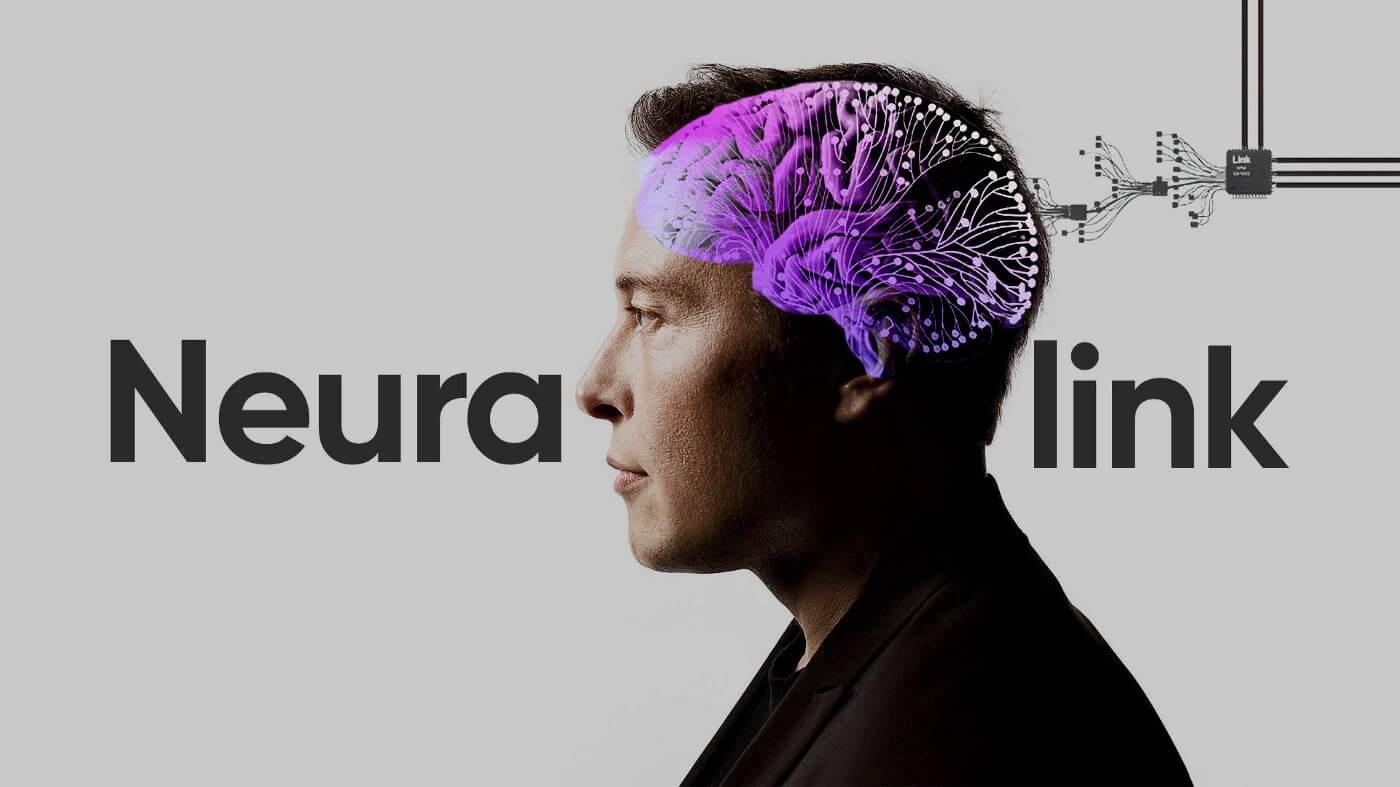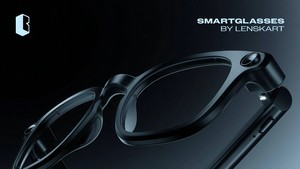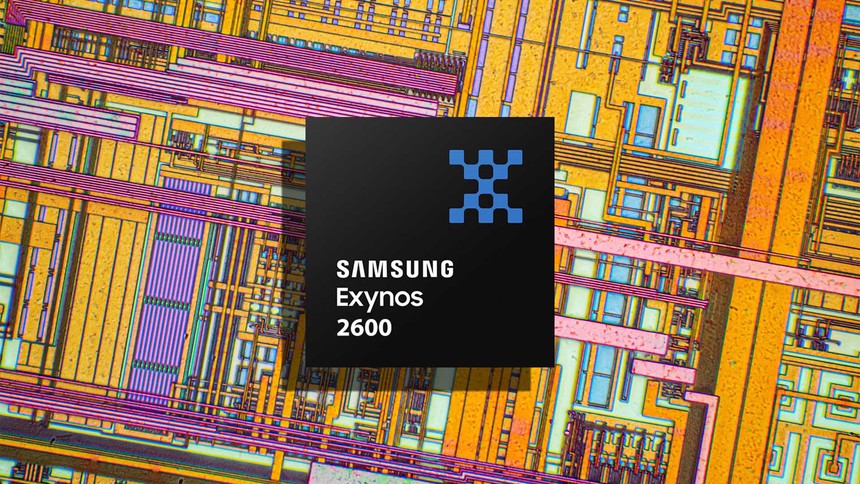Elon Musk’s brain tech company Neuralink has revealed a remarkable new milestone. At a recent conference, Neuralink engineer Joseph O'Doherty announced that the company’s experimental device, called Blindsight, enabled a monkey to respond to visual cues that were not physically present. By stimulating areas in the brain linked to vision, the device tricked the animal’s mind into perceiving something that wasn’t actually there.
The monkey turned its eyes toward the imagined object nearly seventy percent of the time. This marks the first time Neuralink has publicly shared results related to Blindsight, a device designed to replicate the functions of the human eye. The system aims to give people with visual impairments a new way to interpret the world, using direct brain stimulation to bypass damaged or non functioning visual pathways.

According to Musk, the company’s immediate focus is to help blind individuals regain their ability to see, but the long term ambition is far more futuristic. Neuralink wants to eventually enhance human vision beyond its natural limits, including the ability to see in infrared. To make the system practical, the company plans to integrate Blindsight with a pair of external glasses that would work in tandem with the brain chip.
While the Blindsight chip has not yet received approval for human use in the United States, Musk has said he hopes to begin human trials by the end of this year. Neuralink has already implanted brain chips in five people so far. Some of them reportedly use the technology for over sixty hours a week, primarily to interact with computers using only their thoughts.

In addition to visual applications, Neuralink is also working on using brain stimulation to help paralyzed individuals regain mobility. O'Doherty presented research showing that a Neuralink chip was able to trigger muscle movement in a monkey by sending signals directly to the spinal cord. Other scientists are pursuing similar approaches to restore physical function in patients with spinal cord injuries.
The long term vision, according to Musk, goes beyond medicine. He believes brain machine interfaces will play a key role in improving human communication speed and ensuring we can keep up with the advancements of artificial intelligence. His broader ambition is to safeguard humanity from the risks posed by uncontrolled digital super intelligence.
With testing still in its early stages, it remains to be seen how the technology will translate to human patients. But for now, Neuralink’s Blindsight has made a leap forward in proving that vision can be recreated not through the eyes, but through the mind.
For more breakthroughs in AI and brain tech, follow Tech Moves on Instagram and Facebook.














